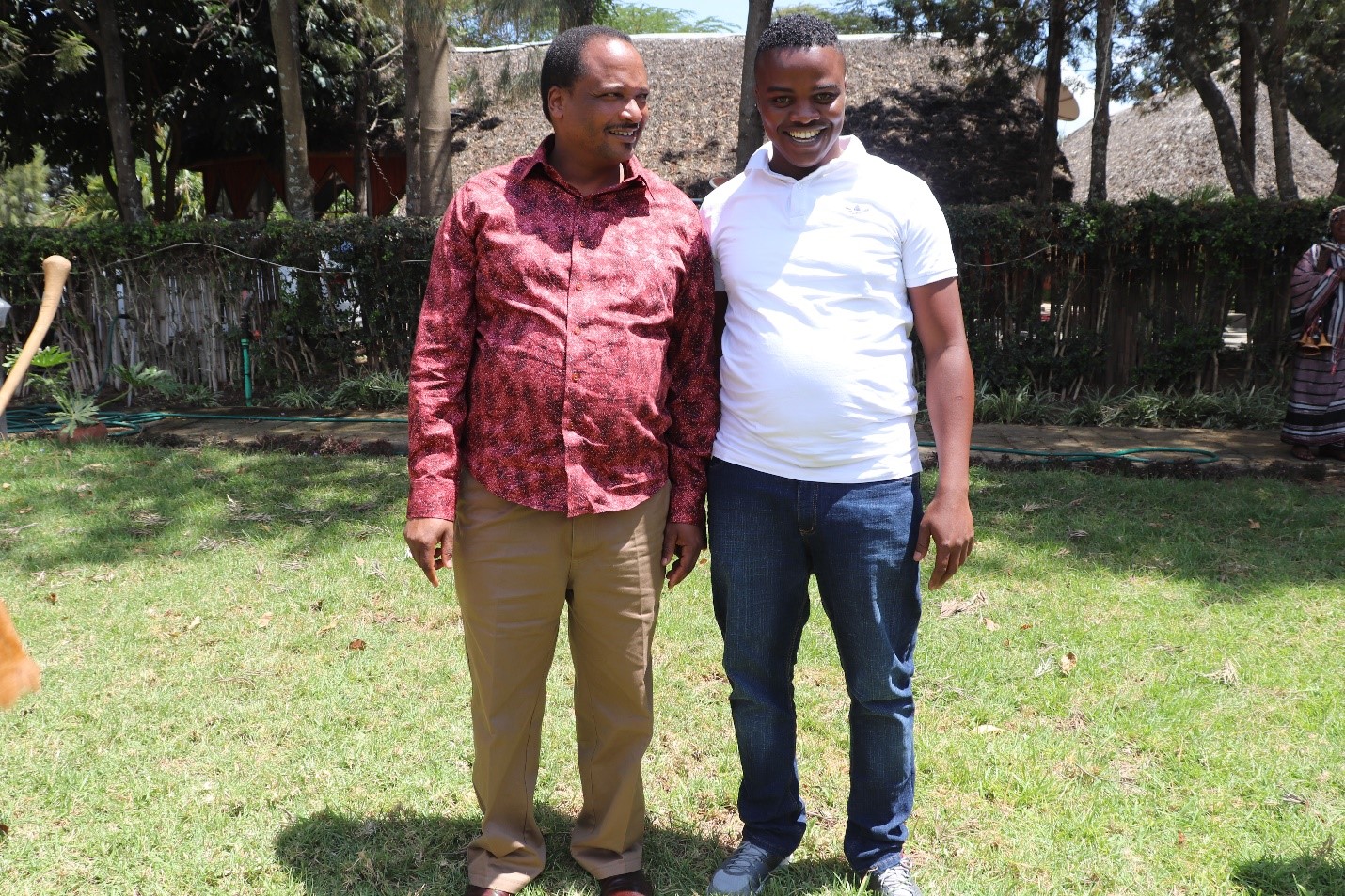
COMMUNITY PROFILE
The Aweer are found between Dodori and Boni reserves in Lamu County. The areas where the Aweer occupy boast of indigenous, open canopy coastal forest and host a diverse range of vegetation, wildlife and many species classified as endangered. Their livelihoods depend on wood, meat, honey, herbal medicines and fertile soil forests for hundreds of years. The Aweer population ranges between 3500-4000 people.
The dominant community religion is Islam and the main language spoken is the Aweer language. The Aweer categorize their natural resources into 3: ocean, forest and the lands. They are hunters and gatherers but also involve themselves in honey collection. In terms of gathering, the Aweer collect food, medicine, building materials and fuel from the Boni and Dodori reserves.
In the recent times, the Aweer have also adopted to activities e.g. subsistence farming of crops e.g. sesame, millet and cassava, livestock keeping as well as fishing. The Aweer possess traditional knowledge relating to birds which guide them to bees and honey. Inaccessibility of their source of livelihood which is the forest due to government policies.
Some of the reasons why the Aweer have resorted to a change of livelihood include: insecurity in the area i.e. Al Shabaab encroached forest affecting their cultural and spiritual sites. They therefore cannot continue practicing their original way of life that involved activities e.g. honey collection. Policies e.g. the banning of hunting in the 1970’s have negatively affected members of the Aweer community since they cannot practice their traditional hunting techniques. Civil strife that has caused there to be an influx in the forest which has affected the forest ecosystem and natural resources hence affecting their access to products e.g. honey that are necessary for their livelihoods.
Traditionally the Aweer have rules among them that help to conserve the environment e.g. Only cutting trees outside the forest and not hunting young or pregnant animals.
As a community, the Aweer have suffered from dispossession of their lands. The late president H.E Jomo Kenyatta went to Lamu in 1972 to oversee the launching of Lake Kenyatta settlement scheme. In 1974, members of the Kikuyu community created 4 settlement schemes in the region – mpeketoni (3600), Magongoni (980), Muharamani (940) and Witu (900) area. Each is 10 acres each. They have title deeds yet the indigenous communities are not represented. Foreigners in the land got in on the premise of introducing plantations in the community. Their identities were destroyed. The names were changed Kiongwe is now kihongwe. Ongwe to Hongwe. They have 6 settlement schemes- one of the widest in Kenya: Mpeketoni Phase 1, Mpeketoni Phase 2, Hindi Settlement scheme, Witu Tana Phase 2.
Local leaders as well as the council of elders make decisions on behalf of the Aweer people. The political structure also constitutes an MCA as well as 3 chiefs and 4 sub chiefs.

